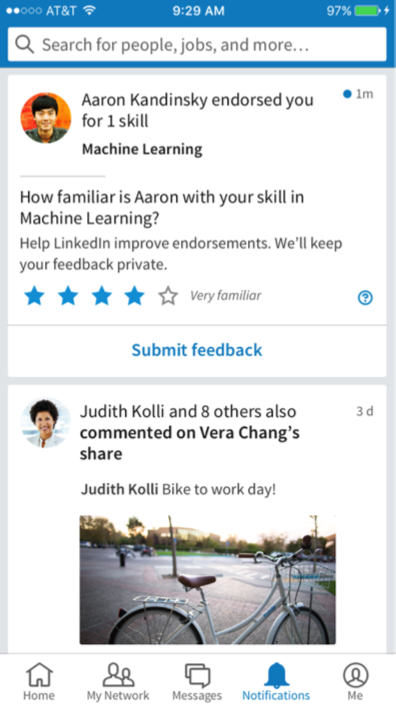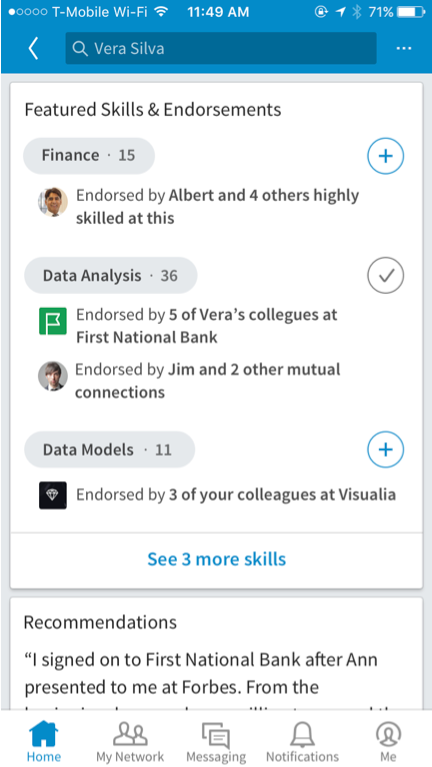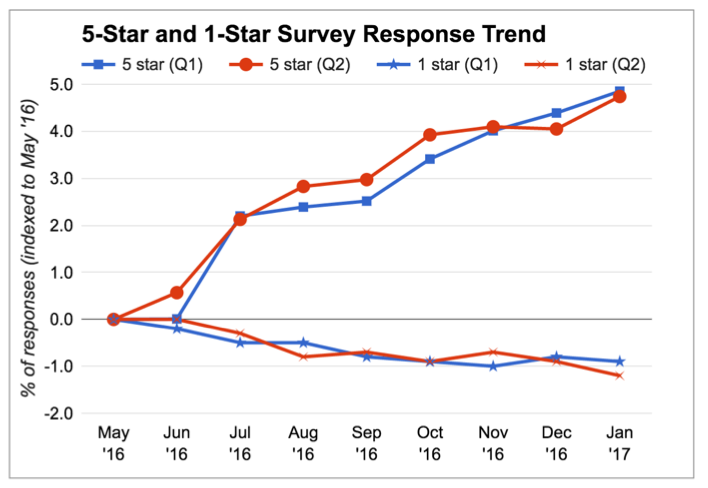Published by
It’s common that I find myself in a room asking a team who supports a web or mobile application, “How do you measure the success or failure of your digital product?” More often than not, I end up with a list of twenty or so “metrics” the collective group has either been tasked with driving or have learned from an article online. It’s incredible how much content there is on this subject.
What most of the teams don’t realize when I first ask this question is that I’m looking for the single most important metric that aligns to your business’ success and customer motivations. One. Not twenty.
Brand obsession with measurement and quantification
This idea reminded me of a concept I learned from Rory Sutherland’s foreword remarks in The Behavior Business by Richard Chataway. Rory states that he believes our obsession with measurement has been accelerated by the invention of the spreadsheet. It’s amazing to think that the first version of Excel was released for Mac in 1985 and for Windows in 1987.
The following 40 years gave rise to all things analytics including a specific category called “product intelligence.” These tools allow both product and marketing teams to collect customer event and property data to understand what makes them tick and how to improve their experience. However, just because you have the ability to track a list of twenty metrics that you are told to pay attention to by various articles, doesn’t mean it will help you make the right improvements to drive sustainable product growth.
Don’t focus on improving the wrong things
Brands will struggle to drive an increase in conversions, engagement and retention if they focus on improving the wrong things. Some companies lack the proper “north star” needed to guide them to the promised land their leadership team has committed to reaching.
I can relate to this lack of understanding. I too used to give people puzzled looks when they asked me about “the product north star”. The product north star is a bit like one of those pictures you have to stare at for five minutes before you see it. However, once you see it, you will never look at it the same way again and it will become your best friend.
Not only does it give you the focus needed to build a great product, but you also have a way to handle all those “great” ideas that everyone sends by email after your digital product starts to make waves. Reply to them with your product north star framework and ask if it aligns to your customer’s motivations and business objectives. Further, ask them to justify with numbers why their idea should be prioritized over all the others in your backlog.
Now you are coming from a position of strength. Put the conversation back in their ballcourt rather than yours. It’s a lot less work. I promise you.
Readdressing the balance
As Sutherland mentions, “The prospect of rational, objective and quantifiable metrics only makes sense if they are closely aligned with what your customers care about.” Case in point, when LinkedIn launched their endorsement tool back in 2012. Data scientists at LinkedIn have shared how their focus on improving metrics tied to the endorsements feature did not result in a better product experience. Their metric definition was simply the total number of endorsements, which didn’t improve their business because it wasn’t aligned to what LinkedIn users cared about, which was “who” made the endorsement.
The product team was busy trying to improve the product to help users drive the highest number of total endorsements, instead of adjusting the product to better showcase key endorsements, such as past managers or industry thought leaders.
The team eventually created a new endorsement display on each user’s profile that highlights their meaningful endorsements. Each highlight can be clicked for further details about the endorsers.



The team is now focused on helping users drive the highest number of meaningful endorsements, which is in complete alignment with their users’ motivations.
In summary, the true key to driving sustainable product growth lies in your brands ability to define and focus on the right north star metric that is aligned to both customer motivations and business expectations.
Share:
Categories
tags
Related Posts

AI and the Future of Restaurant Hospitality

The Value of Agency Project Managers


